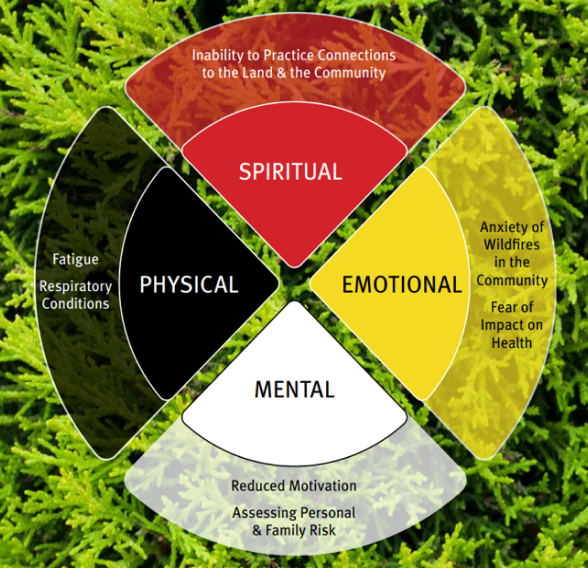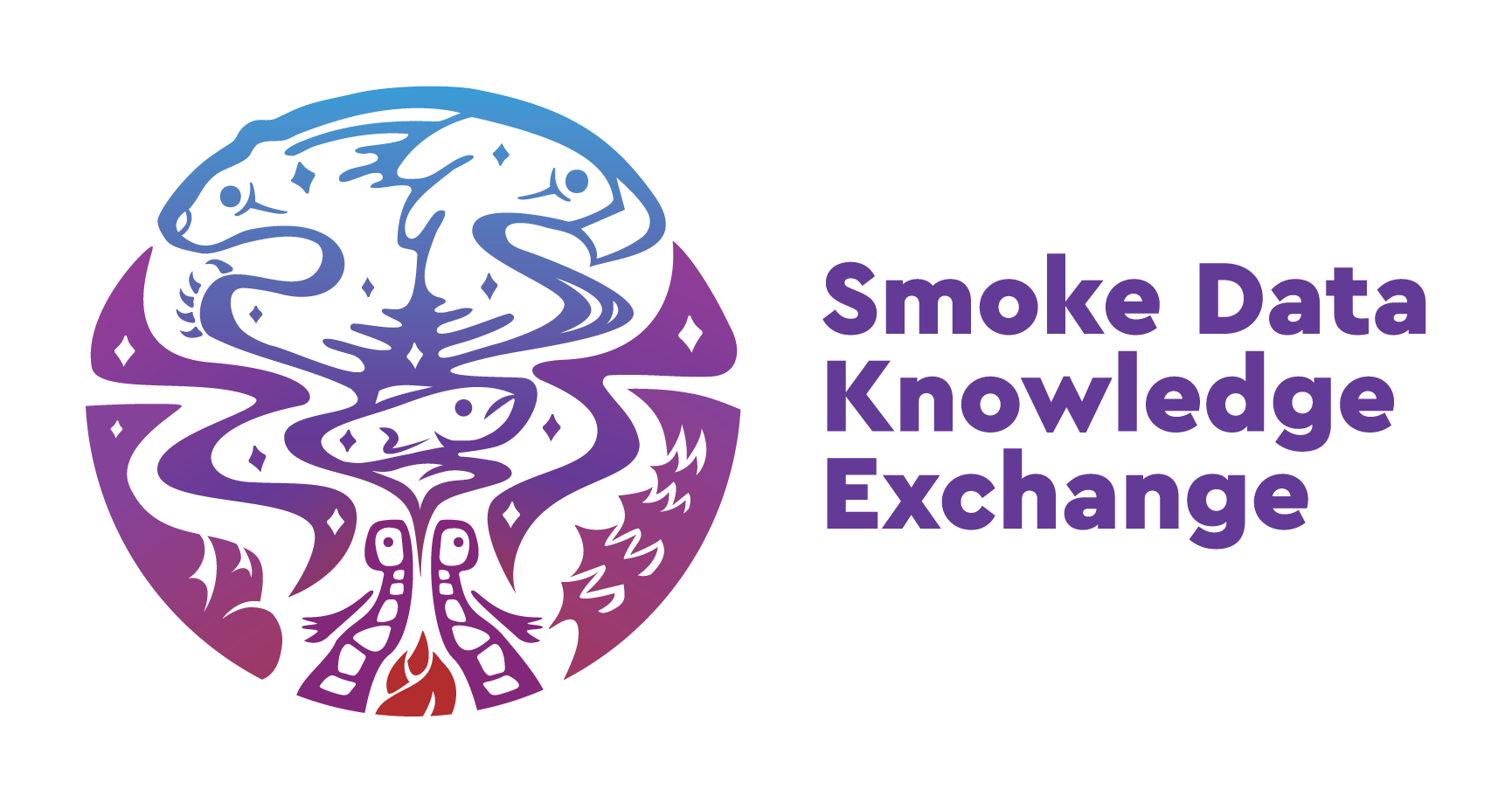view your smoke exposure with
SmoKE
pasitew, ᐸᓯᑌᐤ), hlk’yak’ii, ka misi wayatek, ka kaskâpahtek, klu’tew, ᐳᔪᖏᓐᓂ, ᐳᔪᐃᑦ, horetth’agh
Smoke data Knowledge Exchange
Some communities in Canada are more likely to experience wildfire and woodfire smoke exposure. This is linked to geography, housing conditions, access to resources, weather, colonial impacts and climate change. Communities impacted include:
Rural and remote communities near summer wildfires
Indigenous communities with woodburning indoor heating
Communities in valleys or remote areas where smoke gets trapped
 Photo credit: University of British Columbia Indigenous Studies in Kinesiology and The Indigenous Physical Activity & Cultural Circle Team
Photo credit: University of British Columbia Indigenous Studies in Kinesiology and The Indigenous Physical Activity & Cultural Circle TeamSmoke Portal
© Copyright – Canadian Urban Environmental Health Research Consortium (CANUE), 2025


